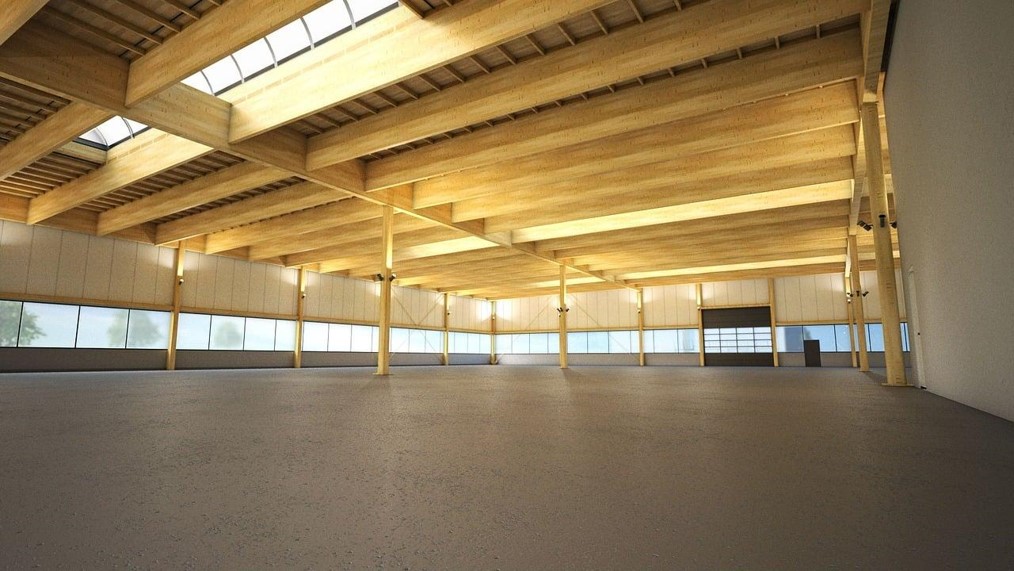

MakMax Plus
What is drone racing? A thorough explanation of how to get started, costs, necessary procedures, and legal knowledge!
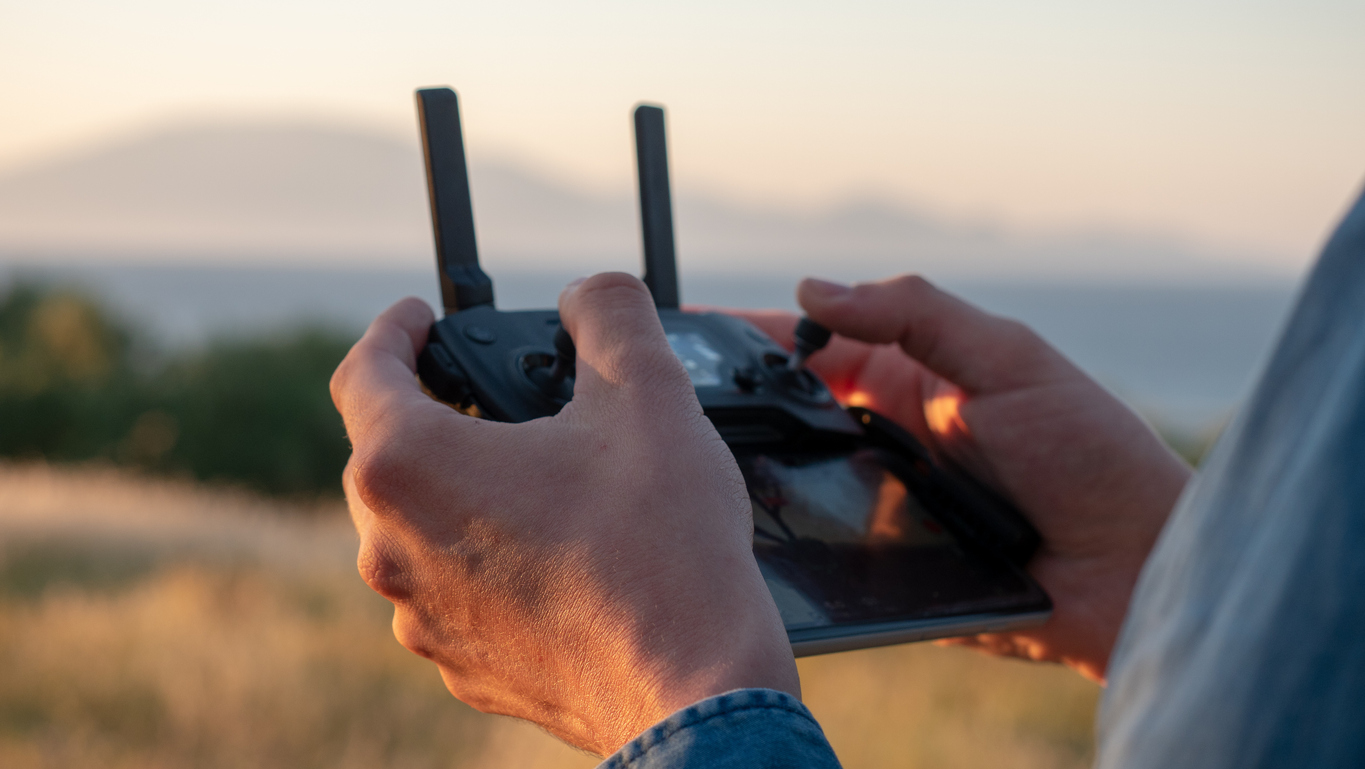
Recently, drones have begun to attract attention in Japan. Did you know that there are actually races held in Japan? Even in Japan, where there are many regulations regarding drones, anyone can fly a drone in a race.
However, in some cases, you may run afoul of drone racing laws, which can be a painful experience if you try it without preparation. This article will explain in detail the types of drone racing, as well as the necessary costs, procedures, and legalities.
What is drone racing?
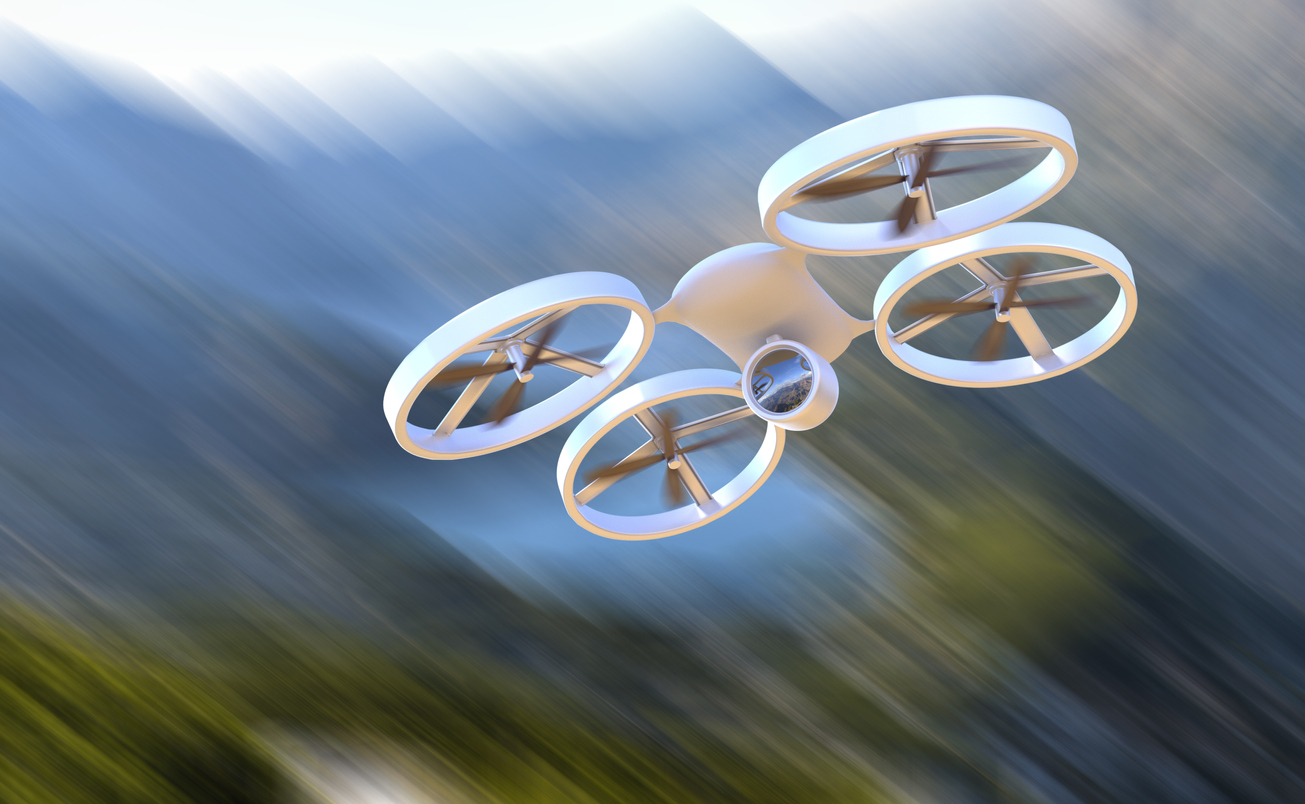
Drone racing is a speed competition in which the pilot acts as a racer and races around a predetermined course. Is it a speed competition for lap times or total times? Do you compete as an individual or as a team? The rules of the competition vary depending on whether it is an individual or a team competition.
It is important to have the correct knowledge beforehand, as the law is involved depending on the size of the drone and whether it is visible inside or outside.
An air sport that can be enjoyed by men and women of all ages!
Many drone races, which compete for speed, have no age limit; anyone can participate in the races, from teenage elementary school students to senior citizens in their 70s, as long as they have the skills to fly the drone.
It is becoming increasingly popular as an air sport that can be enjoyed by men and women of all ages, as children, women, and the elderly with limited physical strength can compete on equal terms. In fact, a 13-year-old junior high school student won the championship in Japan’s famous Japan Drone League (JDL), attracting much attention.
Venues include indoor, outdoor, indoor/outdoor, and various other locations
The drone racing venue is divided into two parts: the cockpit and the course. Racers control their drones from the cockpit. Whether the course is set up indoors or outdoors depends on the competition, so choose a course that you feel comfortable with.
Indoor and outdoor features of each are as follows

While outdoor races may be cancelled due to rain, indoor races can be held at any time as they are not affected by weather conditions. On the other hand, if you want to improve your piloting skills in windy conditions, we recommend that you try outdoor competitions.
The number of competitors is on the rise.
The number of people competing in drone racing is increasing every year. The following is a comparison of the number of competitors between Japan and the rest of the world.

The number of competitors in Japan still seems small compared to those in other countries. However, in 2018, Japan’s first professional team called “RAIDEN RACING” was formed.
Drone racing is attracting more and more attention every year, partly because it has been added as a new event to the World Games, the international all-around competition, starting in 2022.
Types of drone racing
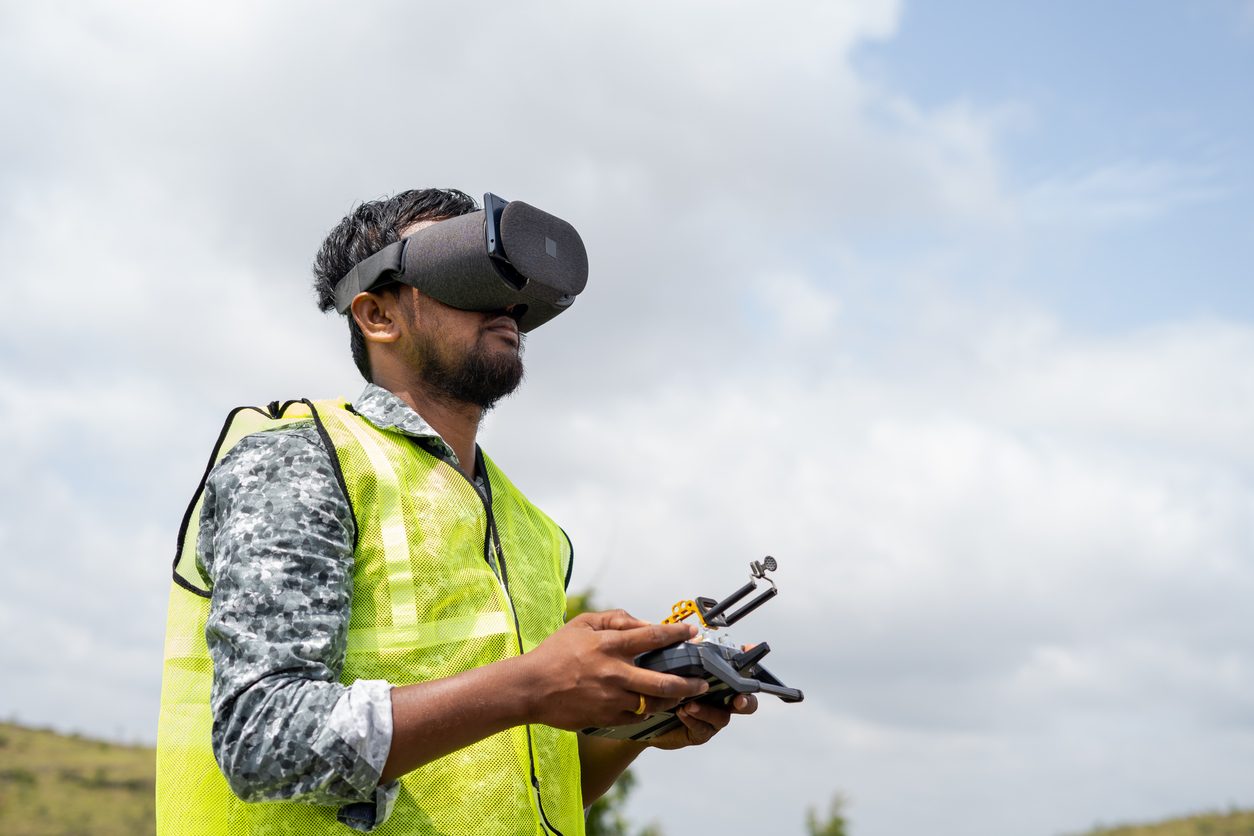
There are two main types of drone racing: visual racing and out-of-sight (FPV) racing. Note that the type of race varies depending on the size and weight of the aircraft, and various applications and procedures may be required.
With or without goggles
The presence or absence of goggles depends on whether you “do” or “do not” have a visual inspection in the race.
Let’s take a closer look below.
Visual Drone Racing
A “visual race” is a race in which the pilot aims for the goal while seeing the drone with his or her own eyes. In this type of race, the pilots compete to avoid obstacles and compete for speed while watching the drone with the naked eye. No procedures or licenses are required to fly a drone in a visual race.
The recommended drone for this race is a small drone weighing less than 100 g. Drones weighing less than 100 g are exempt from the Civil Aeronautics Law, so even beginners can fly them with ease.
FPV Drone Racing
FPV is an abbreviation for “First Person View,” and refers to a method of flight in which the drone is piloted while viewing images from a camera mounted on the drone through special goggles.
By watching the camera images as you fly, you can enjoy the sensation that you are flying through the air. Because drones are more difficult to control than regular drones, serious practice will be required if you want to participate in races.
It is important to have a proper understanding of knowledge and how it works, as opening station application procedures and radio licenses are required for out-of-sight (FPV) flights.
Size Difference
The following details of drone racing will vary depending on the size of the aircraft.
- degree of difficulty
- Lace Type
- Drones that can be used
The size of the aircraft can be broadly divided into “microdrones” or “non-microdrones. Let’s take a look at the detailed differences below.
microdrone race
Micro drone races are races that use small drones weighing less than 100 grams. There are different types of races, such as “65-size race” and “75-size race,” which are competed by propeller-to-propeller ratio.
The “propeller-to-propeller distance” is the length from the end of the propeller shaft to the end of the opposite shaft. Micro drone races, which use smaller airframes, usually carry less risk of injury or damage, so children and beginners can participate safely.
U199 race
A U199 race is a race that uses a drone weighing less than 200g. Under the Civil Aeronautics Law before its revision, drones weighing more than 200 g were subject to regulations, so U199 races were one of the races in which people could easily participate without a permit.
However, the Civil Aeronautics Law has now been revised, and an application must be submitted to the Ministry of Land, Infrastructure, Transport and Tourism when using an aircraft weighing 100 g or more.
5-inch drone racing
The 5-inch race, as the name suggests, is a race using a drone with a propeller size of 5 inches. The feature of this race is to enjoy a powerful race with speeds exceeding 150 km/h. 5-inch races are usually held outdoors or in an arena where there is enough space to enjoy the feeling of speed.
When practicing 5-inch racing outdoors, do not forget to apply for a permit in advance, as it is subject to the Civil Aeronautics Law depending on the location and flying method.
Procedures required for drone racing

To make your smooth participation in the race a reality, you must first complete the following four procedures.
1. registration of flying drones
Once you have a drone, you should first register the aircraft with the Ministry of Land, Infrastructure, Transport and Tourism. Regardless of whether you are participating in a race or not, drones are required by the Civil Aeronautics Law to be registered. You basically cannot fly an aircraft that is not registered, so do not forget to register it.
In the unlikely event that you fly a drone without registering it, you may be imprisoned for up to one year or fined up to 500,000 yen.
However, it is only drones weighing 100g or more that are required to register their aircraft. If the drone weighs less than 100g, there is basically no obligation to register it.
2. submit a drone flight application to the Ministry of Land, Infrastructure, Transport and Tourism
To fly a drone outdoors, you must obtain a flight permit from the Ministry of Land, Infrastructure, Transport and Tourism. Laws and ordinances specify the no-fly zones and locations where drones need permission to fly.
In particular, since there are few places in Tokyo where drones are allowed to fly without a permit, you should apply to the Ministry of Land, Infrastructure, Transport and Tourism before flying.
3. obtain a Class 4 Amateur Radio Technician
Out-of-sight FPV flights use a special radio frequency called the “5 GHz band. In order to use this radio frequency, you must be licensed as an Amateur Radio Class 4 or higher.
There are two ways to take the amateur radio exam
- Study on your own and then take the exam.
- Learn in a workshop and then take the exam.
The pass rate for self-study is approximately 80%, and 98% for those who take a training course. The difficulty level of the exam itself is lower than other licensing exams, and the price of a workshop is not that expensive at around 20,000 yen. If you want to be sure of passing the exam and learn properly, we recommend attending a workshop where you can learn the exam questions with pinpoint accuracy.
4. establish a radio station to be used for racing drones
To participate in drone racing, you must apply to open an amateur radio station.
There are two ways to apply to open a station
- Apply in writing by hand.
- Apply through the electronic application system
Both procedures take about one to two months to complete. For an application to the Ministry of Internal Affairs and Communications for the opening of a new station, it is possible to request the preparation of the application documents on behalf of the applicant for approximately 10,000 yen.
Costs for drone racing

There are three main costs for participating in a race
- Drone purchase cost
- Participation fees for the convention
- Cost of the procedure
Let’s take a closer look at each of these.
Drone Pricing
The first premise is that in order to participate in a race, you will need an aircraft for it. The market price for an aircraft is approximately 10,000-100,000 yen, and specifications vary depending on the price.
For beginners in drone racing who are considering visual racing, we recommend easy-to-handle microdrones available for around 10,000 yen to 30,000 yen. Once you become accustomed to handling and racing, you may want to try a full-fledged aircraft priced at 50,000-100,000 yen.
Out-of-sight (FPV) racing requires a controller and special goggles in addition to the aircraft. The higher the price of the drone, the better the performance tends to be, so if you are aiming for the championship, please consider this.
Initial cost of the race
The cost to participate in an actual drone race is as follows
- Participation fee for JAPAN DRONE LEAGUE→7,800 yen
- Participation fee for “JMA TINY DRONE RACE” → 6,000 yen
Participation fees vary from convention to convention, but are generally in the range of several thousand yen to 20,000 yen.
Cost of the procedure
The cost rates for obtaining the necessary licenses to fly FPV are as follows

The market price of the procedure for applying to the Ministry of Internal Affairs and Communications for the opening of a new station is as follows

A warranty fee of about 4,000 yen to 4,800 yen is required to apply for station opening. The warranty fee is a fee to have the aircraft used for the race warranted as “safe for use in Japan” and to have a warranty certificate issued.
Laws pertaining to drone racing
There are two main types of laws related to racing
- Civil Aeronautics Law
- Radio Laws
More rules apply when flying a drone outdoors, so it is important to be knowledgeable before flying.
Civil Aeronautics Law
The Civil Aeronautics Law was amended on June 20, 2022. Aircraft weighing 100g or more are now required to comply with “no-fly zones” and “no-fly methods”.
Examples of no-fly zones are as follows
- Around the Airport
- Above 150m
- Population concentration districts (DID districts)
- Around nationally important cultural facilities
In addition, examples of flight prohibition methods are as follows
- Flying at night
- Flying out of sight
- Transportation of hazardous materials
- Flying at festivals and events
One of the most important things to keep in mind is “flying outside the visual line of sight” as it pertains to out-of-sight (FPV) racing. FPV flight, in which images are viewed through special goggles, constitutes “flying outside the visual line of sight,” which is a prohibited method of flight. Therefore, if you wish to participate in FPV races, you must obtain an out-of-sight flight permit from the Ministry of Land, Infrastructure, Transport and Tourism.
However, the following standards for pilots are required for out-of-sight flight permit applications
- At least 10 hours of flight experience.
- Stable takeoff/landing and flight without using GPS or other functions
It is not enough to meet the above standards; you must “prove” that you meet them in order to enter a race. If you don’t have a place to practice for 10 hours or don’t know how to prove it, we recommend attending a drone school accredited by the Ministry of Land, Infrastructure, Transport and Tourism, which will issue a certificate for you.
Radio Laws
One of the reasons why it is difficult to challenge out-of-sight (FPV) racing is the use of the 5.8Ghz radio frequency. The reason why this radio frequency is used in out-of-sight (FPV) racing is because it offers the lowest video delay.
As explained earlier, drone racing is a competition for speed, so proper flight is not possible if the images are delayed. For this reason, the 5.8Ghz band is used for out-of-sight (FPV) races because of its low latency.
However, in order to use the 5.8Ghz band in Japan, you must obtain a radio license as an “amateur radio operator” or “land special radio operator. In the case of amateur radio, it is relatively easy to obtain a license, as it takes about three days from lecture to examination.
Improvement of technology for drone racing
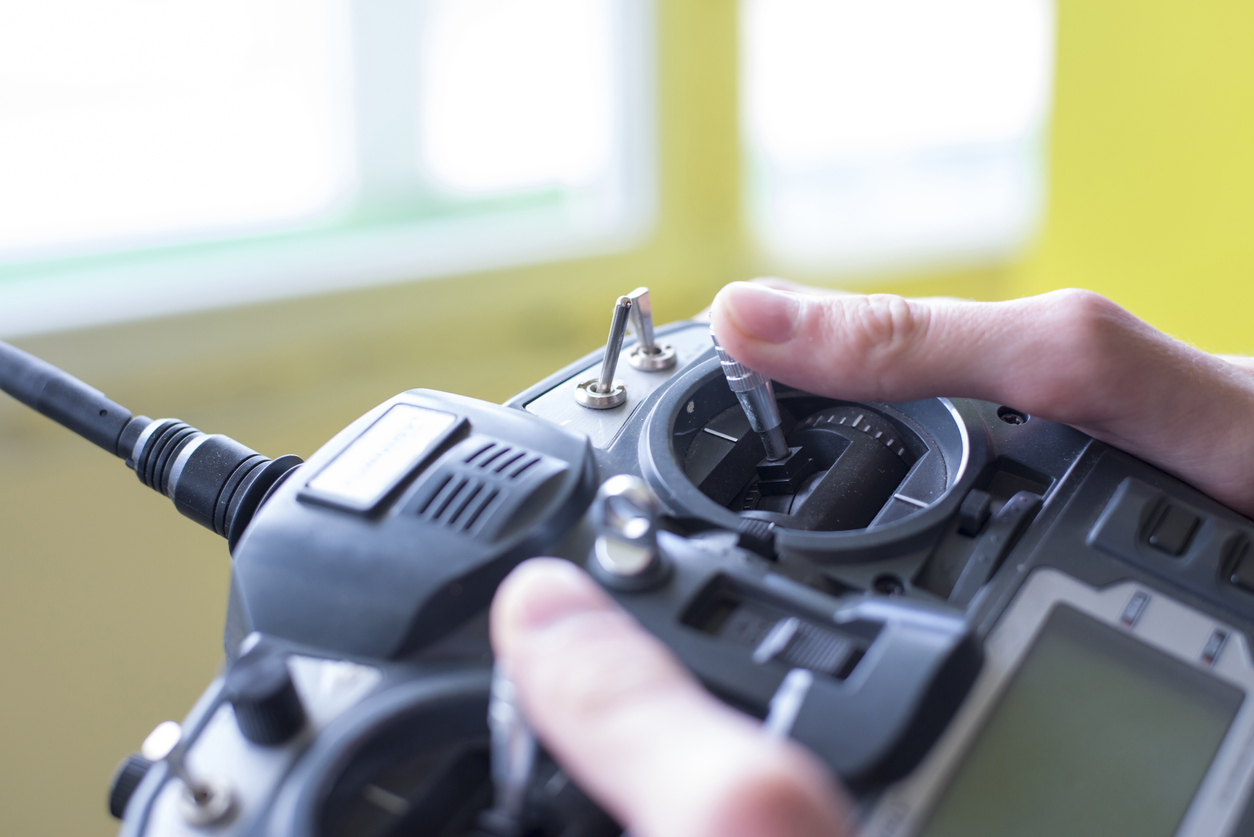
If you are going to participate in a drone race, you want to improve your technique and aim for a good ranking. Here are some tips on how to improve your technique for drone racing.
Use of schools specializing in drone racing
A recommended way to improve drone skills is to use drone schools. In recent years, the number of drone schools has been increasing along with the spread of drones, and some schools specialize in drone racing. Since policies and course content differ from school to school, choose the one that seems to fit your needs.
If you are not sure which school is right for you, we recommend that you pick up a few schools and attend their information sessions and free trial sessions.
When choosing a school, check the following four points
- Does the course fee fit your budget?
- Too far from home?
- Can you get a training course that fits your application?
- Does the course management organization have credibility?
Indoor flight practice
If you want to improve your skills on your own without attending a school, indoor practice is recommended.
The reasons for the recommendation are as follows
- Aviation laws are complied with.
- Less susceptible to weather conditions
- Low impact of damage to people and property
- No need to go through the hassle of checking no-fly zones
Flying a drone outdoors is subject to the Civil Aeronautics Law, but this is not the case indoors. For beginners who are not accustomed to applying for permits from various agencies or checking no-fly zones, indoor is the best place to practice.
In terms of safety, indoor drone training is safer for beginners because there is less risk of losing control due to weather conditions or crashing the drone. In particular, drone-specific training sites provide an environment that is already conducive to drone flight, so you can practice to your heart’s content without worrying about your surroundings.
summary
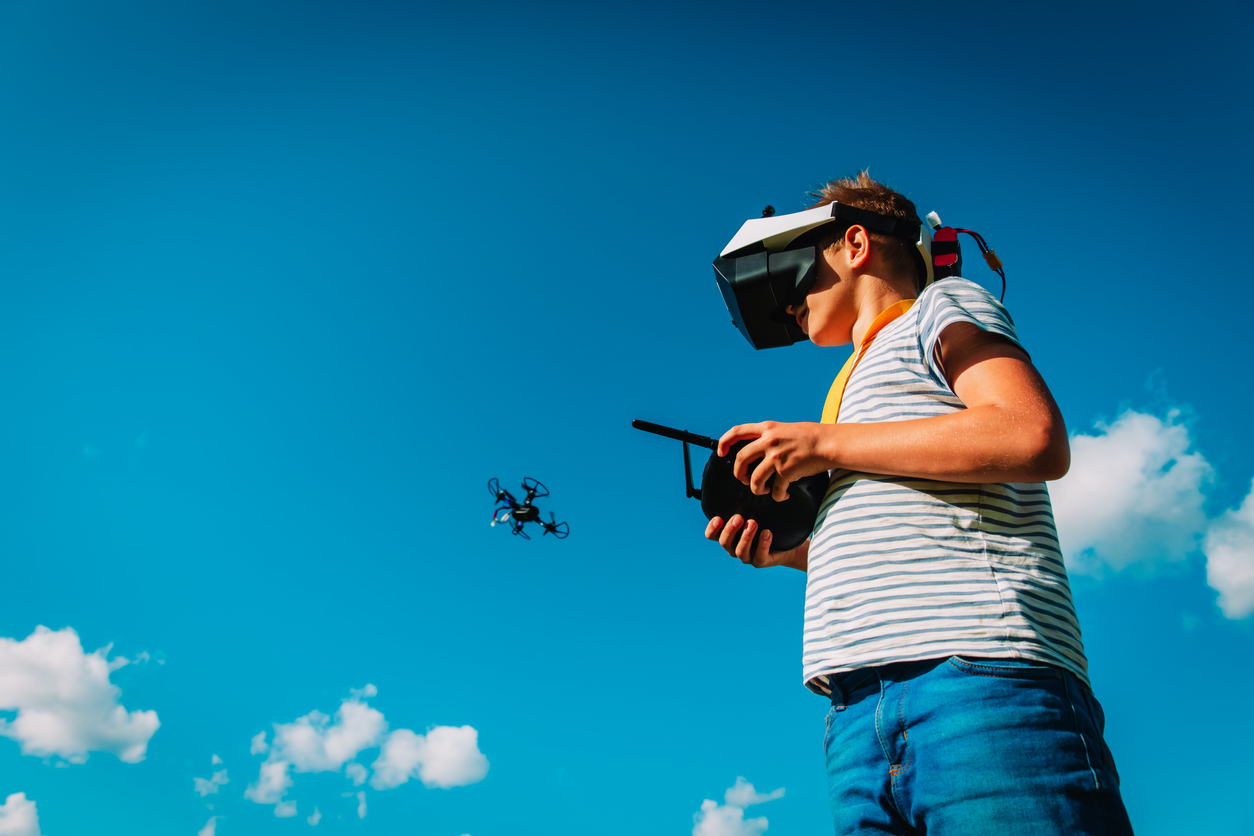
Drone racing is an air sport that anyone can enjoy, regardless of age, gender, or experience. The number of competitors is growing every year, so even if you are just starting out, you can still enjoy the excitement of racing.
If you are interested in competing in drone races and want to practice and improve your skills, we recommend that you start by practicing indoors. Please refer to the procedures and costs introduced in this article and try to achieve good rankings in domestic drone races.
For those who do not have an indoor practice site nearby or who would like to set up a drone practice site as a company, the “tent warehouse” option is also recommended.
Tent warehouses can be built in a short construction period and require little lighting during the day because of the light inside the warehouse. Because of their low cost and weather resistance, they can also be used as drone training sites.
If you are looking to commission a tent warehouse, we recommend Taiyo Kogyo Corporation, which has been in business for 100 years & has the No.1 market share in Japan.
Tent Warehouseへの
Any Inquries
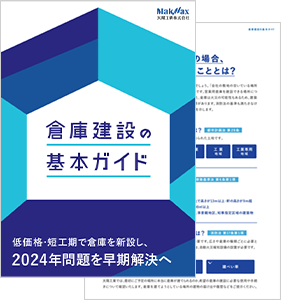
What you need to know when building a warehouse
We packed it all in.
Clues to solving the 2024 problem
Recommended for
I don't know where to start in building a warehouse.
I want to build a warehouse in an economical way.
Which type of warehouse should we build?
I want to learn the basics of warehouse construction anyway.
I'm concerned about the 2024 problem, but I don't know what to do about it.
Related Articles
- TOP>
- MakMax Plus>
- What is drone racing? A thorough explanation of how to get started, costs, necessary procedures, and legal knowledge!







